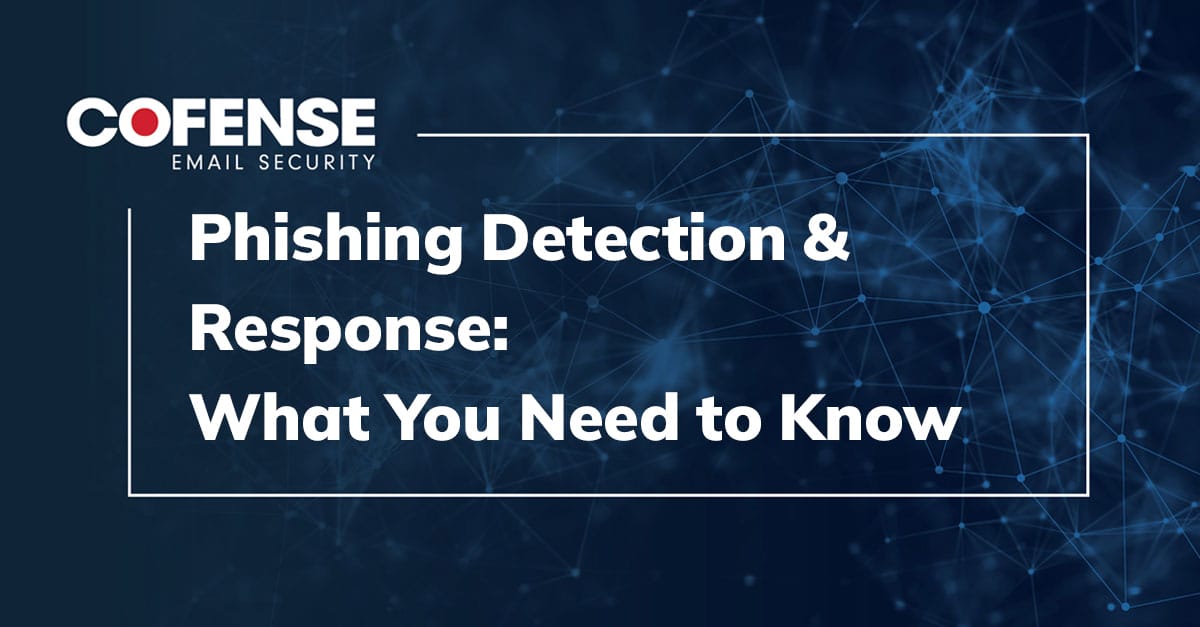“To err is human” is as true today as it was when Alexander Pope penned the words over 300 years ago. We all make mistakes, but some are much more costly than others. According to Verizon’s 2022 Data Breach Investigations Report, 82% of cybersecurity data breaches involved human error. And IBM’s 2022 Cost of a Data Breach Report highlighted the average global cost of a data breach is $4.35 million. Not exactly an inexpensive “oopsie.”
As more businesses rely on technology for everyday operations, cybersecurity has become an increasingly difficult challenge. Threat actors are constantly evolving their tactics and techniques, making it hard to stay a step ahead. That’s why it’s important to train your employees to quickly and accurately identify and report potential threats. Email security awareness training (SAT) is an important part of keeping your business safe from cyber threats. Unfortunately, many organizations don’t take SAT seriously and are not doing it the right way.
Here are some tips to make sure your SAT program effectively trains your employees to identify and report malicious threats:
1. Educate, Don’t Trick
- Inform your employees of the importance of email security awareness, and the role they play in protecting your organization from malicious actors. Your SAT program is meant to be educational and collaborative, not punitive and misleading.
- Your employees need to know how to identify phishing threats. To do this, you need to make sure you are utilizing real threats in your SAT programs. By utilizing real threats that are currently bypassing many standard email solutions, they will have a step up on the attackers.
2. Build a Positive Culture of Reporting
- Employees shouldn’t feel stressed about reporting a potentially suspicious or malicious email. Make it easy for them to report and build a positive environment for them to be a part of.
- According to our intelligence team, for every 1 email reported by a user, an average of 20 additional malicious emails are removed from inboxes around the world. They are a 20X MULTIPLIER.
3. Acknowledge Them
- They should be treated as an asset, not a liability.
- Reward them for reporting suspicious emails. Make sure they know they are valued.
4. Make Your SAT Program More than Generic Simulations
- While simulations are important, it’s a piece of a much larger SAT program that includes ongoing communication, training and more.
- Utilize the latest technology such as live-action games and micro-learning modules to make your program more engaging.
Cofense’s Approach to SAT and Training Your Employees to Identify Threats
Cofense takes a holistic approach to email security awareness and is the only platform powered by a unique combination of intelligence sources: human intelligence, artificial intelligence and email attack intelligence.
This email threat intelligence, along with Cofense PhishMe, our world-class SAT program, offers an end-to-end intelligent email security awareness solution that is unsurpassed. PhishMe educates users on the real threats and tactics facing your company. Our solution leverages our crowdsourced threat intelligence from a network of 35+ million human sensors worldwide and front-line phishing defense resources that other providers lack. Through simulations of the current threat landscape and award-winning training content, you’ll condition smarter email behavior, transforming vulnerable targets into your best line of defense.
Cofense combines AI, machine learning, and human intelligence in our email security solutions to provide organizations with a comprehensive defense strategy that standard secure email gateways (SEGs) alone can’t compete with.
To see what this looks like in action, contact us today to learn about our end-to-end intelligent email solutions and how they can help safeguard your organization.


